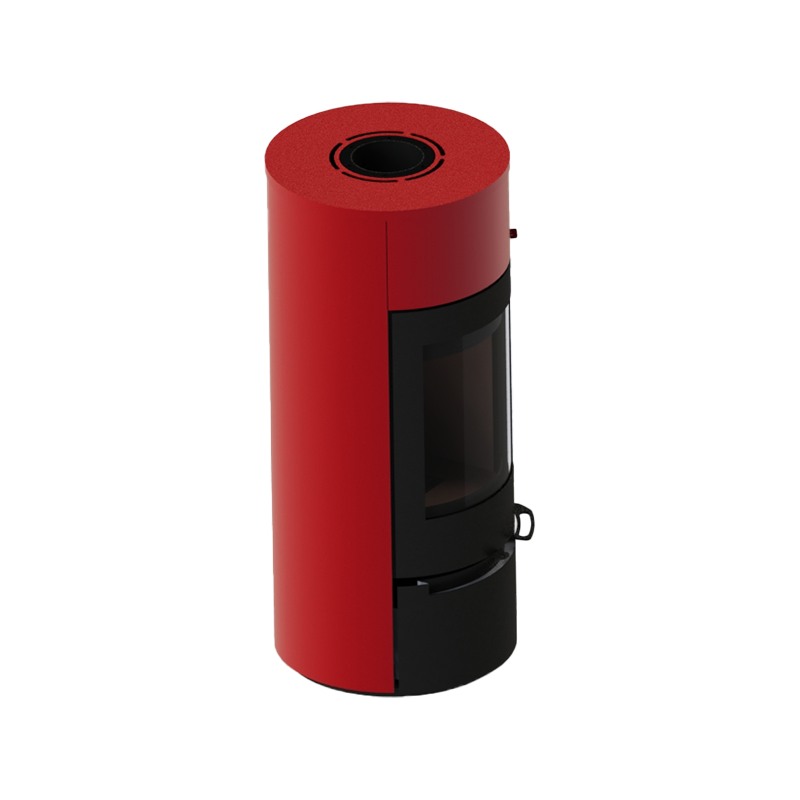An arched fireplace, as the name suggests, features a curved arch shape above the firebox. This unique design element adds character and style to the fireplace, setting it apart from traditional rectangular designs. The smooth, flowing curves of the arch evoke a sense of elegance, making it a popular choice for homeowners looking to create a focal point in their living room, dining area, or even in a large open-plan space.

One of the key aspects of an arched fireplace's appeal is its timelessness. The design is versatile enough to complement both modern and traditional interiors. Whether you are decorating a rustic country cottage or a sleek contemporary apartment, an arched fireplace can seamlessly integrate with your decor. The design allows for a wide range of customization, including different materials, colors, and finishes, making it adaptable to nearly any style.
Additionally, the arch shape is not just a decorative feature. It also serves a functional purpose. Arched fireboxes are often more efficient in distributing heat across the room. The design allows for a better flow of air, enabling the fire to burn more efficiently and creating a more even heat distribution. This can make a noticeable difference in maintaining a comfortable room temperature, especially during the chilly winter months.
One of the appealing aspects of arched fireplaces is the range of design options available. Homeowners can choose from a variety of materials, finishes, and sizes to suit their personal preferences and the overall aesthetic of their home.
Arched fireplaces can be crafted from a variety of materials, each contributing a unique look and feel. Common materials include:
Brick: Classic brick fireplaces remain a popular choice for arched designs. The natural texture and warm hues of brick complement the softness of the arch, creating a rustic, inviting atmosphere.
Stone: For a more luxurious and dramatic effect, stone fireplaces are ideal. Granite, limestone, or marble can add a sophisticated touch, and the natural veining in the stone can enhance the visual appeal of the arch.
Cast Iron: For a more industrial or vintage style, cast iron is often used in arched fireplace designs. The material's durability and heat retention properties make it a practical choice for homeowners seeking both beauty and functionality.
Wood: In some designs, the arch and surrounding frame can be constructed from high-quality wood. This choice is particularly suited to homes with a more traditional or cabin-like atmosphere.
Once the material is chosen, there are numerous finish options available. For example, brick can be left in its natural red or brown color or painted in various hues to match the room's decor. Stone can be polished or left rough for a more natural look. Cast iron fireplaces often come in matte black or deep charcoal finishes, while wooden arches can be stained or painted in a variety of colors to match the surrounding furniture and flooring.
The finish you choose can also impact the ambiance of the room. Darker finishes can create a more dramatic and intimate environment, while lighter tones can contribute to a brighter, more airy atmosphere.
The size and shape of the arched fireplace should be chosen based on the size of the room and the intended use. In larger rooms, a grand, oversized arch can create a striking focal point, while smaller, more subtle arches can add warmth and charm to smaller spaces. Some designs feature deep, wide arches that extend down to the hearth, while others may have a more shallow arch that enhances the linear look of the fireplace.








